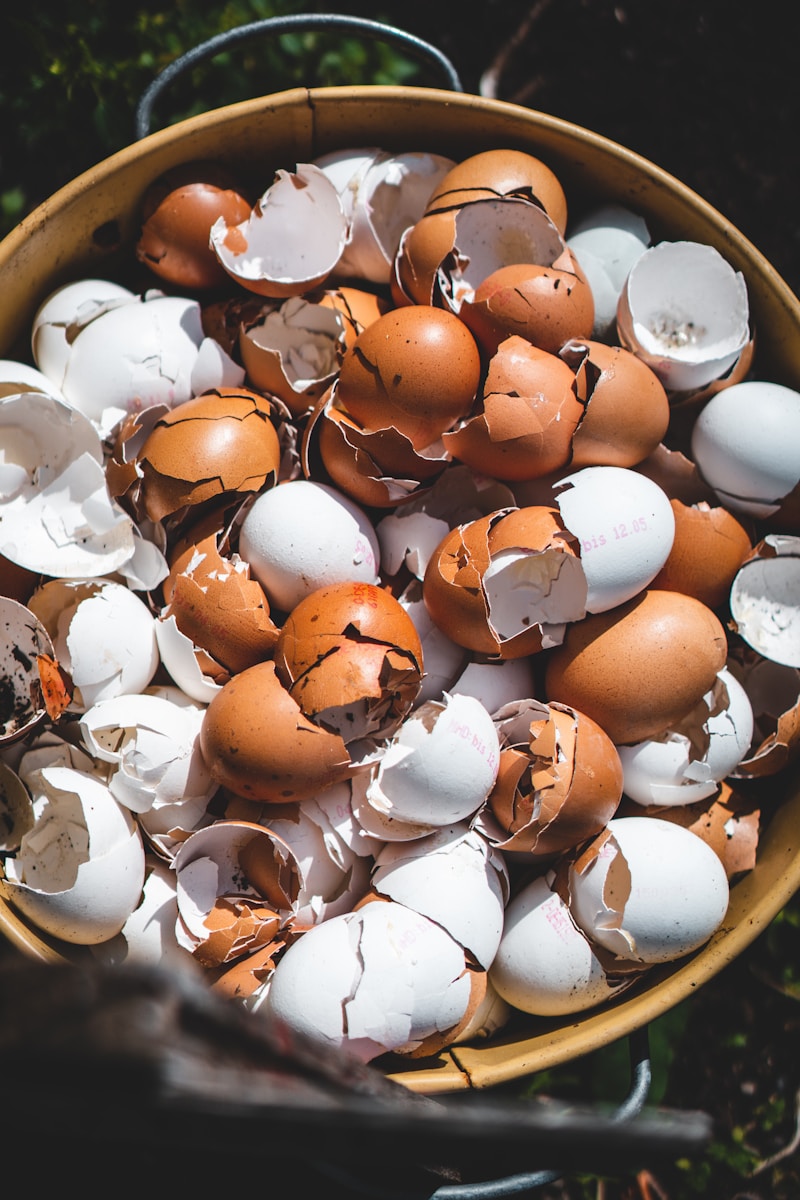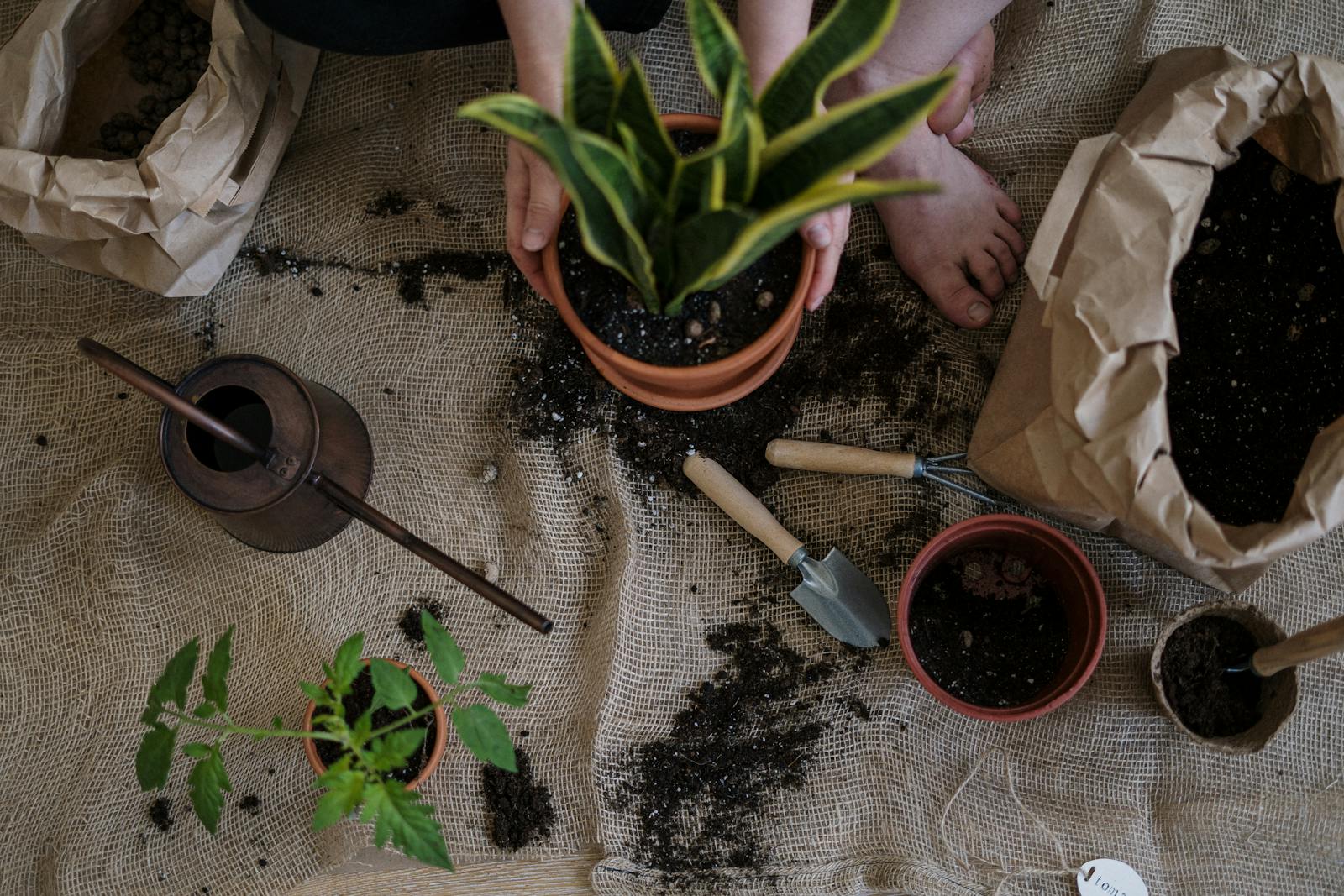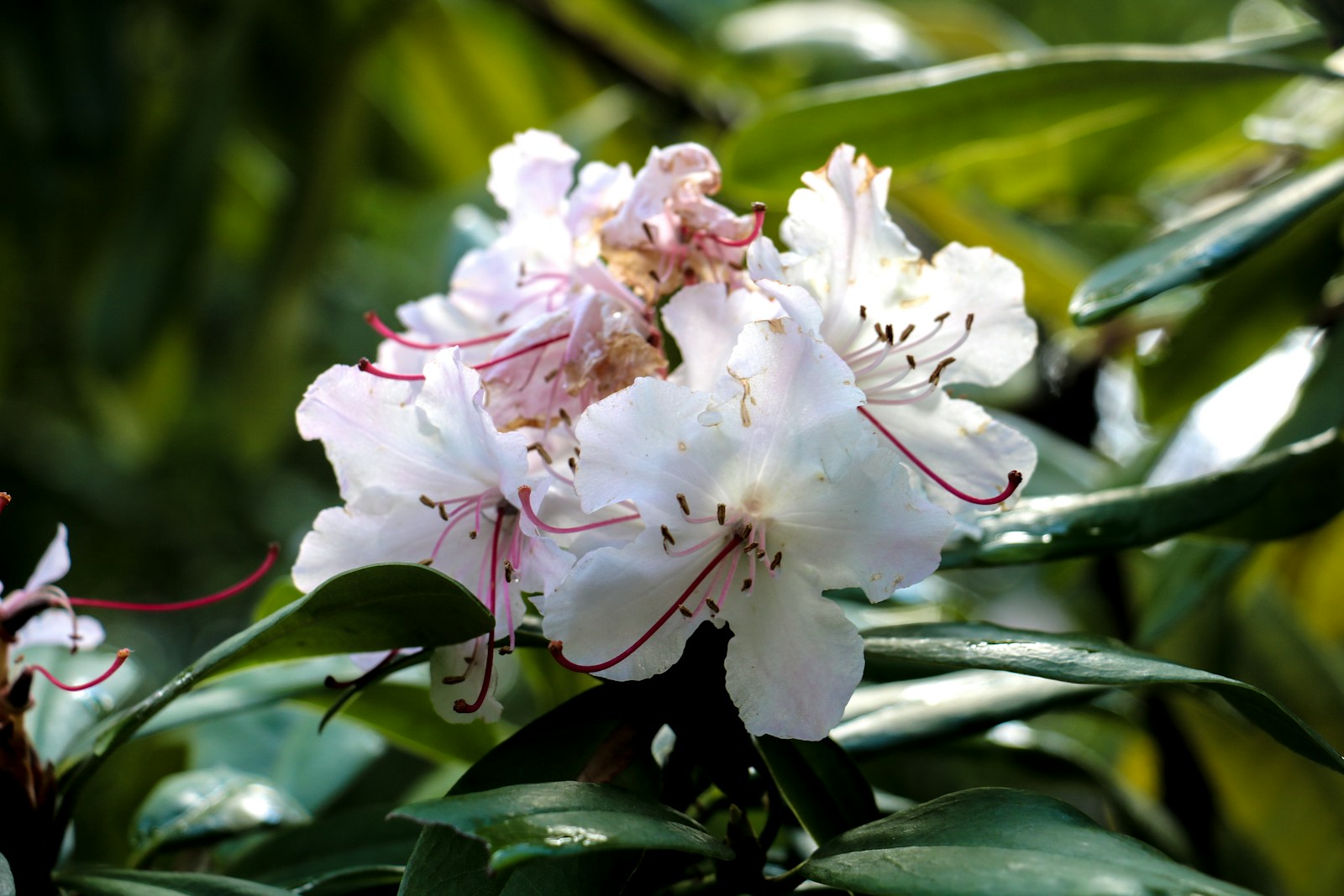How to Create Compost at Home
Understanding the Basics of Composting
Learning how to create compost at home starts with understanding what composting is. It’s a natural process where organic material breaks down into nutrient-rich humus through the work of microbes, fungi, and insects.
Compost improves soil structure, adds essential nutrients, and reduces waste going to landfills. It supports plant health and boosts garden productivity with minimal investment.
By following simple guidelines, you can turn everyday waste into valuable garden gold.
Choosing the Right Composting Method
There are several ways to create compost at home, and choosing the right method depends on your space, climate, and lifestyle. Popular options include backyard piles, bins, tumblers, and indoor worm bins (vermicomposting).
Piles work well for large gardens with space to spare. Tumblers offer faster results in compact areas. Worm bins are ideal for small-scale indoor composting in apartments or kitchens.
Pick a method that fits your needs to ensure consistency and long-term success.
What to Compost: Browns and Greens
Effective composting relies on balancing “browns” (carbon-rich) and “greens” (nitrogen-rich) materials. Browns include dry leaves, cardboard, shredded paper, and straw. Greens include food scraps, grass clippings, and coffee grounds.
A good mix is about three parts browns to one part greens. This ratio keeps microbes happy and odors minimal. Avoid adding meat, dairy, oily foods, and pet waste, which can attract pests and slow decomposition.
By feeding your compost the right ingredients, you create the perfect environment for transformation.
Setting Up Your Compost Pile or Bin
Place your compost pile or bin in a shaded or partially shaded spot with good drainage. Start by layering browns and greens, moistening each layer slightly as you build. Keep the pile at least 3 feet wide and tall to generate internal heat.
Aeration is key—turn the pile every 1–2 weeks with a pitchfork or compost aerator to keep oxygen flowing. A well-maintained pile will heat up and break down material quickly.
Contain your compost with wire mesh, wood slats, or commercial bins to maintain structure and protect from animals.
Managing Moisture and Airflow
Moisture and oxygen fuel decomposition. Your compost should feel like a wrung-out sponge—not soggy, not dry. If it’s too wet, add more browns and mix thoroughly. If it’s too dry, sprinkle water as you turn the pile.
Proper aeration prevents anaerobic conditions, which cause odor and slow breakdown. Regular mixing and proper layering promote even decomposition and keep pests at bay.
With balanced moisture and airflow, your compost will transform rapidly into usable material.
Speeding Up the Composting Process
If you’re eager to use your compost quickly, there are several ways to accelerate decomposition. Chop larger scraps into smaller pieces, maintain the brown-to-green ratio, and keep the pile moist and well-aerated.
Adding compost starters or existing finished compost introduces beneficial microbes that jumpstart the process. Turning the pile more frequently—every 3–5 days—also increases the breakdown rate.
With these techniques, compost can be ready in as little as four to six weeks, depending on the method and materials used.
Recognizing When Compost Is Ready
Finished compost is dark brown, crumbly, and earthy-smelling. You shouldn’t be able to identify the original ingredients. It will no longer heat up when turned and should feel cool and stable to the touch.
Let compost “cure” for a couple of weeks after it’s finished to stabilize nutrient levels before use. This ensures it won’t harm sensitive seedlings or roots.
Finished compost can be screened through mesh to separate large pieces, which can go back into the bin for further breakdown.
Using Compost in the Garden
Compost is incredibly versatile. Spread it as a top-dressing around vegetables, herbs, or perennials. Mix it into planting holes or seed-starting mixes. Add to containers for richer potting soil or use in lawn care as a nutrient boost.
Compost can also be brewed into “compost tea”—a liquid extract used to water plants and inoculate soil with beneficial microbes.
However you use it, compost improves structure, water retention, and microbial activity in every type of soil.
Troubleshooting Common Compost Problems
Compost issues are often easy to fix. Bad odors indicate too much moisture or nitrogen—add browns and turn the pile. Slow decomposition may signal a dry pile or imbalance—adjust with water or more greens.
Fruit flies and rodents are usually caused by exposed food scraps—bury greens and avoid meat or dairy. Keep the pile covered with browns or a breathable tarp.
Monitoring texture, smell, and temperature helps maintain a healthy, odor-free compost system.
Composting in Small Spaces or Indoors
You don’t need a yard to compost. Use bokashi bins, worm bins, or electric composters indoors. These compact systems break down food scraps with minimal space, odor, or effort.
Place bins under sinks, in closets, or on balconies. Bokashi uses fermentation, while vermicomposting relies on red wigglers to digest food waste. Both produce usable compost or compost-ready material in just weeks.
These methods make it easy to compost at home no matter where you live.
Maintaining a Year-Round Composting System
Composting doesn’t have to stop when the weather changes. In winter, outdoor piles slow down but still break down gradually. Keep feeding your bin with kitchen scraps and cover each addition with browns to insulate the core.
Use a tarp or insulated lid to retain heat. In cold climates, indoor systems like worm bins can maintain productivity year-round.
Consistent inputs and seasonal adjustments keep your compost pile active and effective no matter the time of year.
Layering Techniques for Efficiency
Proper layering ensures better airflow and microbial balance. Start with a base of coarse browns like twigs or shredded cardboard. Add greens and browns in alternating layers, moistening each layer as needed.
A well-layered pile decomposes more evenly, retains heat, and avoids odor issues. Keep meat, dairy, and oily foods out of all layers to discourage pests.
Think of your compost like a lasagna—balanced, layered, and built to break down beautifully.
Choosing the Right Compost Bin
Compost bins come in many forms. Choose wood slat bins for breathability, plastic bins for portability, or tumblers for quick-turn results. Wire mesh is great for DIY structures with open-air access.
Look for a bin that’s easy to access for turning and sized appropriately for your kitchen and yard waste. A good bin should retain moisture while allowing airflow and heat buildup inside.
Matching your bin to your habits ensures easier maintenance and faster results.
Composting Do’s and Don’ts
Do add fruit and veggie scraps, coffee grounds, eggshells, dry leaves, and shredded paper. Do mix, water, and monitor regularly. Don’t include meat, dairy, oily foods, glossy paper, or synthetic materials.
Do keep your pile balanced and covered. Don’t forget to aerate and adjust moisture. Avoid composting weeds with seeds or invasive species that may survive decomposition.
These simple guidelines make composting cleaner, faster, and more rewarding.
Celebrating the Benefits of Home Composting
Creating compost at home closes the loop between food, waste, and soil. It reduces landfill burden, saves money on fertilizers, and enhances garden health.
From a few scraps to a full garden system, composting empowers you to contribute to sustainability right from your backyard or balcony.
With a little time and attention, your compost becomes one of the most valuable resources in your gardening toolkit.
Frequently Asked Questions
How long does it take to create compost at home?
With regular turning and proper balance, compost can be ready in 4–8 weeks. Cooler or less active piles may take several months, especially in winter.
Can I compost citrus peels and onion scraps?
Yes, in moderation. They’re slow to break down and acidic, so avoid overloading. Chop them into small pieces and balance with carbon-rich browns.
What should I do if my compost smells bad?
Bad odors usually mean too much moisture or nitrogen. Add dry browns like shredded leaves or paper, and turn the pile to improve airflow.
Do I need a special bin to compost?
No, you can compost in a simple pile, a DIY enclosure, or a commercial bin. Choose a method that fits your space and lifestyle for best results.
Can compost attract rodents?
Yes, if it contains food scraps not properly buried or covered. Avoid meat, dairy, and oily foods, and always add a brown layer on top to deter pests.
© 2025 GardeningandDecor.com. All rights reserved.



